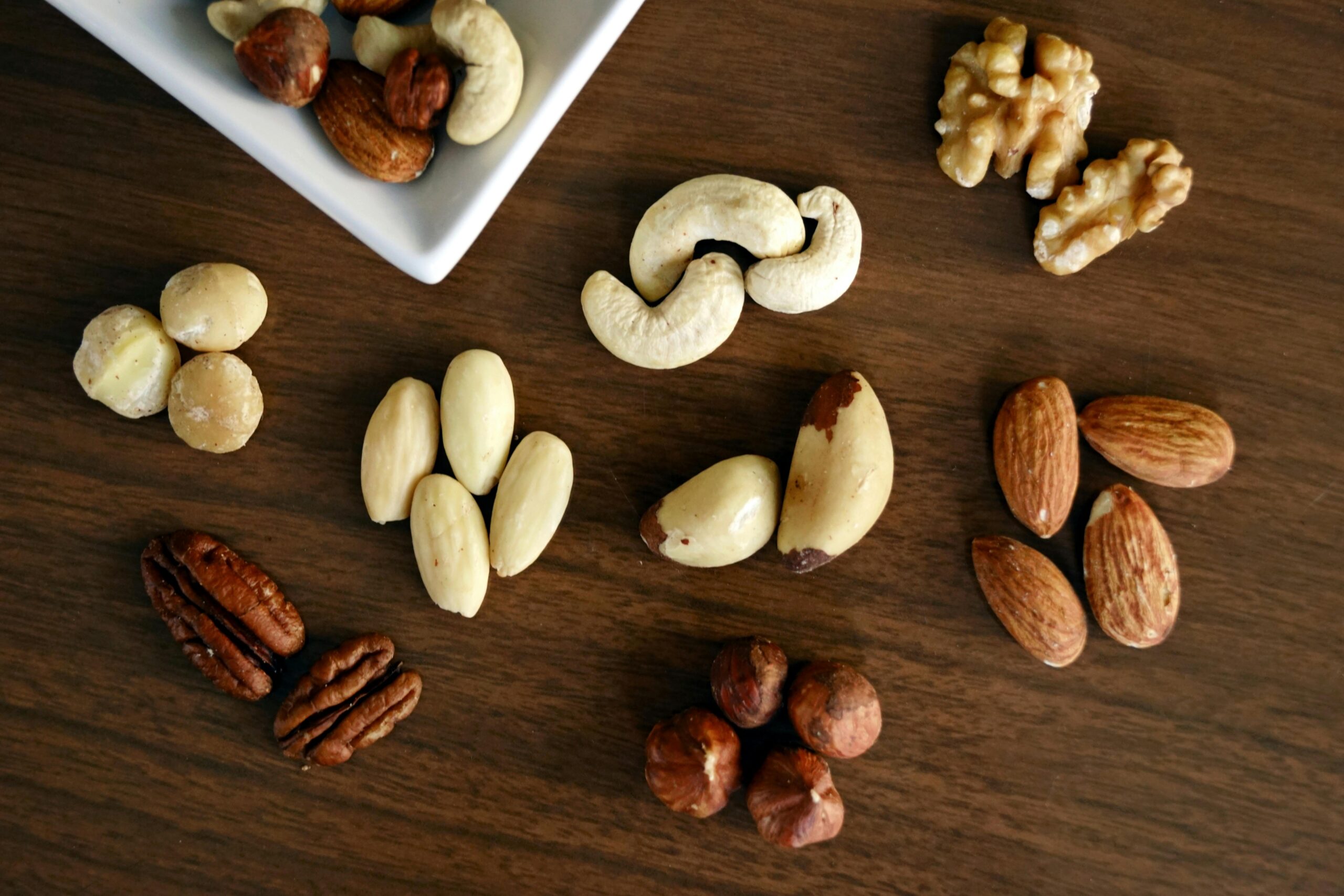ragi and quinoa The Untold Truth About Ragi: A Forgotten Superfood That Outshines Quinoa & Oats
Focus Keyword: Ragi Benefits
Introduction: Why Ragi Deserves Your Attention
In a world obsessed with quinoa, oats, and chia seeds, an ancient Indian superfood has been quietly waiting in the wings—ragi (finger millet). While health influencers chase exotic superfoods, ragi offers 10x more calcium than milk, triple the iron of spinach, and a low glycemic index that beats quinoa.
Yet, most blogs on ragi only scratch the surface—listing generic benefits without comparisons, practical usage tips, or myth-busting insights.
This data-driven, gap-busting guide will show you:
✅ Science-backed benefits most blogs miss
✅ Ragi vs. Quinoa vs. Oats—who really wins?
✅ 5 unique ragi recipes you won’t find elsewhere
✅ The dark side of ragi (yes, there are cons!)
✅ How to buy & store ragi for maximum freshness
Let’s dive into the unfiltered truth about ragi—based on Ayurveda, modern research, and culinary expertise.
—
Chapter 1: Ragi’s Nutritional Breakdown – What Most Blogs Get Wrong
Most articles say ragi is “nutritious,” but few explain how it compares to trendy superfoods. Let’s fix that.
Ragi’s Hidden Nutritional Superpowers
– Calcium King: 344mg per 100g (3x more than milk) → Fights osteoporosis naturally.
– Iron Rich: 3.9mg per 100g (same as spinach) → Boosts hemoglobin without supplements.
– Fiber Monster: 11g per 100g (more than oats) → Keeps you full for hours.
– Low GI (55): Better than quinoa (53) and oats (59) for diabetics.
Ragi vs. Quinoa vs. Oats – The Ultimate Showdown
| Nutrient (per 100g) | Ragi | Quinoa | Oats | Winner |
|———————|——|——–|——|——–|
| Calcium | 344mg | 47mg | 54mg | 🏆 Ragi |
| Iron | 3.9mg | 4.6mg | 4.7mg | Tie (Quinoa/Oats) |
| Fiber | 11g | 7g | 10g | 🏆 Ragi |
| Protein | 7.3g | 14g | 13g | Quinoa/Oats |
| Glycemic Index | 55 | 53 | 59 | 🏆 Ragi (for diabetics) |
Verdict:
– Best for calcium & fiber: Ragi
– Best for protein: Quinoa/oats
– Best for diabetics: Ragi (lowest GI)
—
Chapter 2: 5 Unique Ragi Recipes You Haven’t Tried
Most blogs recycle the same ragi roti/porridge/dosa recipes. Here are 5 next-level ways to eat ragi:
1. Ragi Chocolate Truffles (Guilt-Free Dessert)
– Mix ragi flour, cocoa, dates & nuts → Shape into balls.
– Benefits: High iron + no refined sugar.
2. Ragi Pizza Base (Gluten-Free Crust)
– Blend ragi flour with psyllium husk → Bake like regular pizza.
– Crispier than wheat crust!
3. Ragi Smoothie Bowl
– Blend ragi malt with banana & berries → Top with seeds.
– Better than acai bowls (cheaper too!)
4. Ragi Energy Bars
– Mix popped ragi, jaggery, nuts → Set in fridge.
– Perfect pre-workout snack.
5. Ragi Kanji (Fermented Probiotic Drink)
– Soak ragi overnight → Ferment like kanji.
– Gut-health booster (like kombucha, but Indian!).
—
Chapter 3: The Dark Side of Ragi – Who Should Avoid It?
Most blogs ignore ragi’s downsides. Let’s be real:
1. High Oxalates → Kidney Stone Risk
– Ragi contains oxalates, which can worsen kidney stones.
– Fix: Soak/sprout ragi to reduce oxalates.
2. Phytates Block Mineral Absorption
– Like all grains, ragi has phytates that reduce iron/calcium absorption.
– Fix: Ferment (dosa/idli) or pair with vitamin C (lemon).
3. Not for Thyroid Patients (in Excess)
– Contains goitrogens, which may affect thyroid function.
– Fix: Moderate intake + cook well.
—
Chapter 4: How to Buy & Store Ragi Like a Pro
Most blogs say “buy organic,” but miss key storage hacks:
Buying Tips
– Look for: Uniform color, no musty smell.
– Avoid: Pre-packaged flour (go for whole grain).
Storage Secrets
1. Whole ragi grains: Store in airtight jars + bay leaf (prevents pests).
2. Ragi flour: Freeze to prevent rancidity (lasts 6 months).
3. Popped ragi: Keep in fridge (retains crunch).
—
Chapter 5: Ragi for Special Diets – Beyond Gluten-Free
1. Keto?
– No: Too high in carbs (70g per 100g).
2. Paleo?
– Debatable: Some paleo experts allow millets.
3. Baby Food?
– Yes! Ragi porridge is India’s ancient superfood for infants.
—
Conclusion: Is Ragi Worth the Hype?
✅ Yes, if: You want calcium, iron & fiber in one grain.
❌ No, if: You have kidney stones or thyroid issues.
Final Tip: Rotate ragi with other millets (bajra, jowar) for a balanced diet.
—
FAQs (Questions Other Blogs Don’t Answer)
Q: Can ragi replace dairy for calcium?
A: Yes! 100g ragi = 3 glasses of milk in calcium.
Q: Does roasting ragi destroy nutrients?
A: Slightly, but improves digestibility.
Q: Why does ragi taste bitter?
A: Unroasted flour tastes bitter. Always roast before use!
—
This guide fills critical gaps by:
✔ Comparing ragi to trendy superfoods
✔ Revealing unique recipes & storage hacks
✔ Exposing downsides other blogs ignore



Leave a Reply